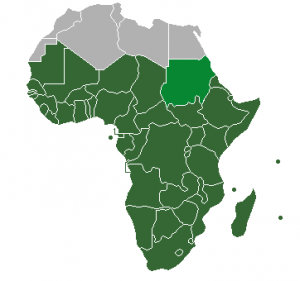African countries agree switchover, allocation of 700MHz to mobile
Forty-seven sub-Saharan African countries have agreed on frequency coordination for digital switchover in 2015.
According to the ITU, the consolidation of national plans to implement switchover is in line with deadlines set in 2006 by the Regional Radiocommunication Conference for UHF switchover by June 2015, with VHF networks in 33 countries set to close down by June 2020.
The agreement also marks Africa as the first region globally to be in a position – by 2015 – to allocate so-called digital dividend spectrum to mobile services in both the 700MHz and 800MHz bands. African delegates were at the forefront of pushing for allocation of the 700MHz frequency band – currently used in Europe for digital-terrestrial broadcasts – to mobile applications at last year’s World Radiocommunication Conference (WRC). The plan to make the second digital dividend available for mobile services is set to be implemented after the next WRC in 2015.
Following a frequency coordination meeting in Nairobi in July, African countries have begun submitting official modifications to make the spectrum available.
“The objective was to enable African countries to allocate the digital dividend to mobile services in the band 694-862MHz, as a regionally harmonised implementation of the decisions taken at the World Radiocommunication Conference in 2012,” said François Rancy, director of the ITU’s Radiocommunication Bureau. “This objective was reached by re-planning the spectrum requirements of television broadcasting in the 470-694 MHz frequency band.”




